專欄
一個城市設計師的反思 Reflections of an urban designer
「台東,需要設計嗎?」是台東設計中心最新的展覽主題,藉著這個提問回顧過去的成果。但它本身確實也是個好問題,它讓我憶起近幾年參與過的幾個花東設計案,當時我也曾反問過自己。如果是在台北,我們不會懷疑,因為設計原本就是台北的文化要素,然而,我覺得問題不在於需要或是不需要,而是在於去發現設計的含義在這裡與在城市裡或許有所不同。
“Do we need design in Taitung?” is the main theme of the Taitung Design Center's latest exhibition, and through this question I have a review on the past achievements. It is indeed a good question. It reminds me of several Taitung design projects I involved in recent years, and I asked myself the same question at that time. If it was in Taipei, we wouldn't doubt it, since design is inherently a cultural element of Taipei. However, I think the matter is not whether it is needed or not, but to find out the different meaning of design in this city.
大多數人講到台東,首先浮現的就是關於「原住民」的種種印象,不僅台東會給人這樣的聯想,花蓮也同樣是。這個鮮明的文化印記,即便在越來越多外地人移入、鄉鎮發展也更加城市化與現代化的今天,依然如此。一個地方確實不太容易只因為有了新的人口組成或國族認同,就丟失原有的文化慣性。如果拿部落文化作為代表,來象徵與體現花東地區的性格,也以其來推論設計意義的地域性差異,我想應不至於會偏離事實。
When most people think about Taitung, the images that first come to their mind are all types of impressions of the "indigenous people". Not only does Taitung give the impression, but also Hualien. Even that more and more foreigners have moved in and the township has become more urbanized and modernized, this distinctive cultural mark remains true. It is indeed not easy for a place to lose its original cultural inertia simply because of a new demographic composition or national identity. If we take the tribal culture as the representative to symbolize and embody the character of the Hualien-Taitung region and use it to deduce the regional differences of the meaning of design, I think it would not be too far from the truth.
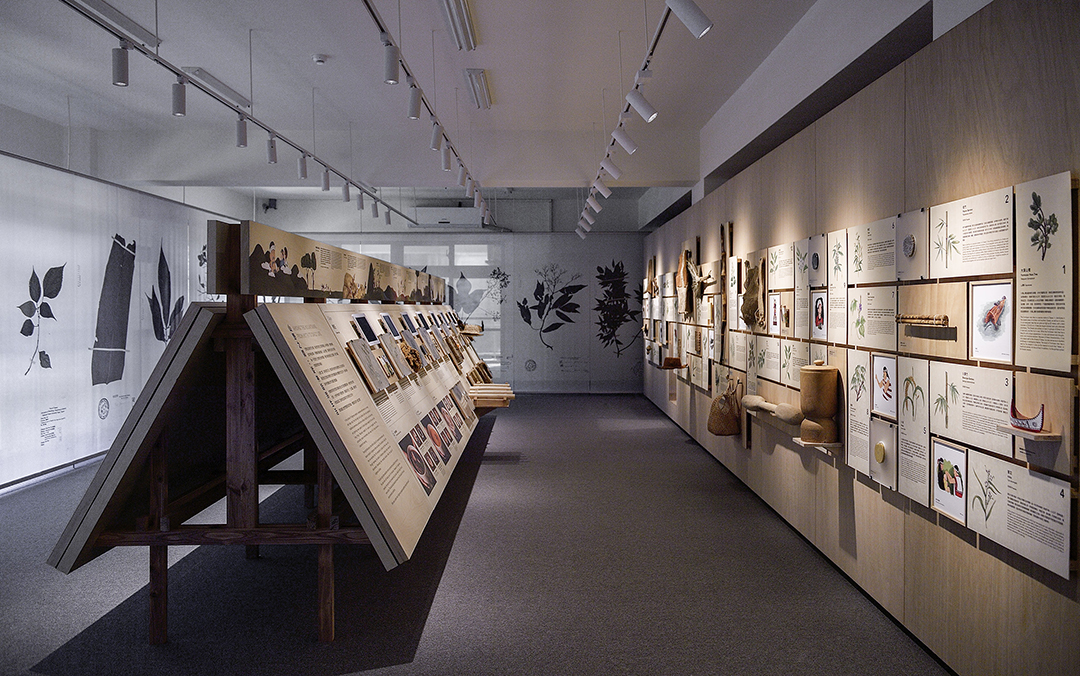
圖片|《山野原味》原住民族食農文化展 Picture|Original Mountain Feast
「設計」是城市文明的產物,是以部落為主體性格的東部從未有過的概念。這裡沒有「設計理論」,這裡的文化認為創造力乃上天所賦予,人皆有之,每個人都是獨特的,並無必須遵守的共同法則。這裡也沒有「設計形式」的概念,形式的靈感從大自然與祖先的文化傳承而來,沒有學院的框架或潮流的影響。這裡也不會有「設計思考」的標準流程,因為這裡的人認為設計僅需解決生活的問題,並不像來自大城市的設計師,企圖解決全世界的問題。
“Design” is the product of urban civilization and it is never a concept existing in the tribal-charactered eastern Taiwan. There is no "design theory" here. The culture here believes that creativity is a divine gift for all people. Every person is unique, and there is no common law that must be followed. There is also no concept of "design form" here, the inspiration of form inherits from nature and ancestral culture, which is not influenced by the academy frameworks or trends. There is also no standard process of "design thinking". People here believe that design only needs to solve the problems of life, unlike designers from big cities who try to solve the problems of the world.
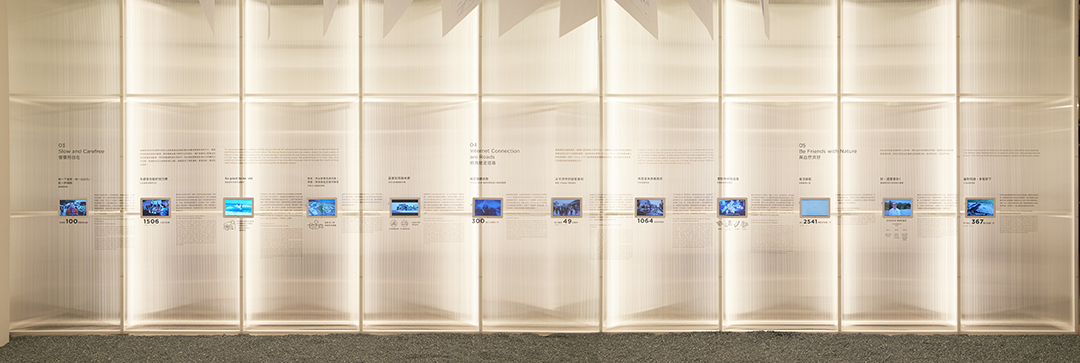
圖片|《現代台東》展 Picture|Modernity of Taitung exhibition
現代人口聚集的城市發展出了文明,而部落則仍維持著文化的樣貌,並存的兩者在相處上總是有些摩擦,個性的差異使彼此難以相容。在文化的國度裡,人們對於生活上每個細節的變化會敏銳的應對,感性而直觀的發揮各式創意,解決目標問題的當下,也同時展現雙手的技藝,設計與藝術於此間互為表裡。但是在文明的世界中,設計總是建構在知識系統的基礎之上,講求精準、效率與專業分工,美學會順應並彰顯出科學的理性,由此可見設計的含義之於兩者大不相同。
While modern cities have developed civilization, the tribes still maintain their cultural appearance. There is always friction between the two coexisting, and the difference between their identities makes them hard to integrate. In the realm of culture, people are sensitive to every detail of changes in their life. They innovate emotionally and intuitively, showing their artistry while solving problems. Design and art are interchangeable. However, in the civilized world, design is always established based on a knowledge system. They emphasize precision, efficiency, and division of labor. Aesthetics follow and manifest the rationality of science. This shows that the meaning of design is very different for them two.
設計中心在台東若要能發揮力量,我認為不在地化是不可為的。在地化之意即為部落化,而部落化卻極其困難,因為部落本性是排外的,排外的本體才能捍衛自身。我的一位音樂圈朋友擁有一半的排灣族血統,在台北出生與成長,愈加了解身世就益欲重返原鄉,儘管心態已有所調整,仍然花了三年多的時間才適應,也方才感受到部落對他的接納。部落並不會輕易接受外來的東西,對待自家子弟都已如此,更何況是來自異文化的一群興致勃勃準備大刀闊斧的設計師呢?
In order for the Design Center to be effective in Taitung, I think it cannot be done without localization. Localization means tribalization, and tribalization is extremely difficult because tribes are xenophobic by nature. They have to be xenophobic so that they can defend themselves. One of my friends in the music industry is half Paiwan but was born and raised in Taipei. The more he learned about his origins, the more he wanted to return to his homeland. Despite that he had prepared his mindset, it still took him more than three years to get used to it and to feel the tribe's acceptance of him. The tribe does not accept foreigners easily, even their own children, let alone a group of designers from a different culture who are excited to reshape their culture.
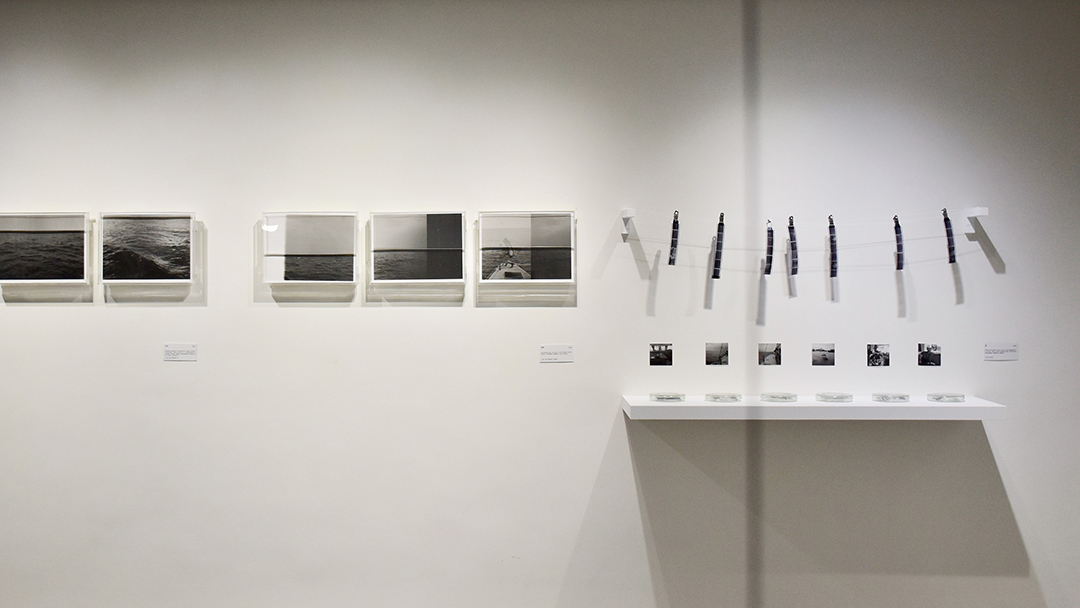
圖|Raw Trip 2.0《黑潮漂流計畫》 Picture|Raw Trip 2.0
部落讓人感到難以打進的原因,也正是使其安然度過歷史考驗而得以存續的理由,想要融入部落, 必須要能接受其封閉系統中階級分工的社會關係,部落乃藉此而展現出強大的文化維繫力。雖說內聚力高,部落也是有著脆弱的一面,畢竟世界各地隨處都可見到文明長期緩慢地侵蝕傳統文化的事實,只是文化即便抵抗無力,卻一定會非常頑強,至少他們可以不支持、不配合、冷眼旁觀,而這樣的回應對試圖將設計介入公共領域的設計中心而言,無疑會是個打擊。
The reason why tribes are so difficult to get along with is also the reason why they have stood the test of time. To integrate into a tribe, one must be able to accept the social relations of the division of labor in its closed system. This is how tribes maintain their strong cultural bonding power. Despite its high cohesion, the tribe also has a vulnerable side. After all, we can still see traditional cultures being invaded all over the world. Even if the culture could not resist, it will be very stubborn, or at least they can be unsupportive, uncooperative, and indifferent. Such a response will undoubtedly be a hit on the design center which is trying to bring the design to public domain.
我完全支持將設計思維引入台東,尤其是在整體性與系統性的政策執行與基礎建設,藉著設計的技藝可以創造出許多與眾不同,但是如果不將設計思維「部落化」,終究會使台東變得與一般城市沒有兩樣。此刻台東需要的應該是一種先將大城市的設計慣習放在一邊的設計語言,並且讓部落內的年輕人來使用這個語言,因為他們有能力連結在地文化,也能促使地方有更多的參與,倘能如此, 設計便有機會帶來劇烈影響,屆時台東是否需要設計便不會是個問題了。
I fully support introducing design thinking to Taitung. With the artistry of design, we can create lots of uniques, especially for the overall and systematic policy execution and infrastructure development. However, if we do not “tribalize” the design thinking, we would make Taitung no different to an ordinary modern city. At this moment, what Taitung needs is a design language that puts aside the design custom of big cities, and allows young people from the tribe to use this language. Since they have the ability to connect with local culture and to promote more local participation. If so, design might have a chance to bring dramatic impact to the tribe, and the need for design would not be an issue then.
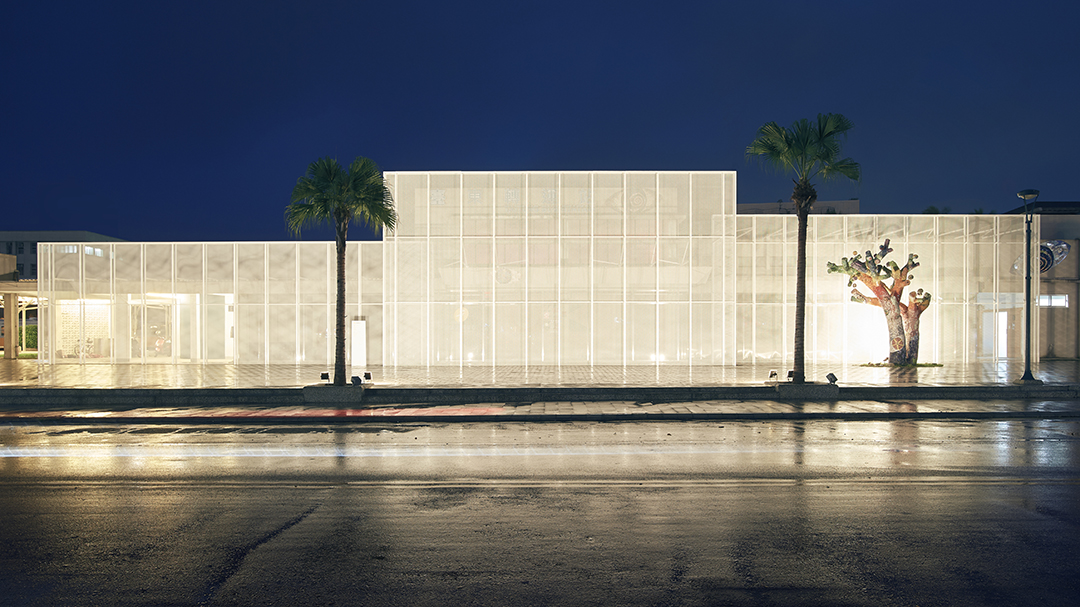
圖|舊台東轉運站光牆空間裝置 Picture|old Taitung Bus Station light wall installation art
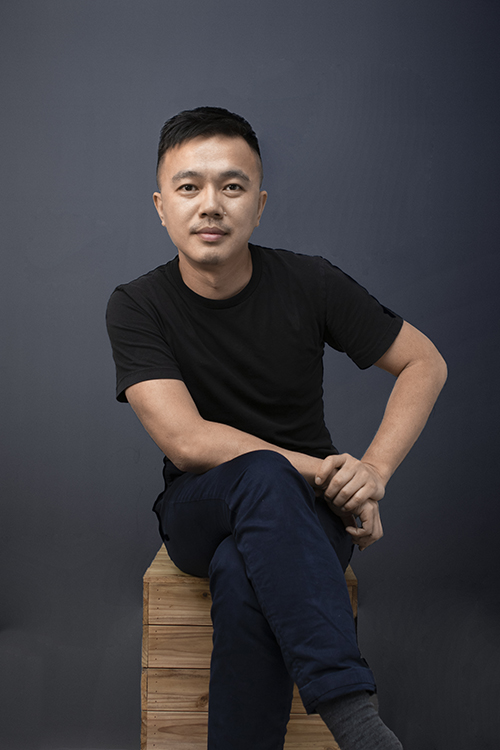
文|鍾秉宏 Chung, Ping-Hung 圖片提供|鍾秉宏